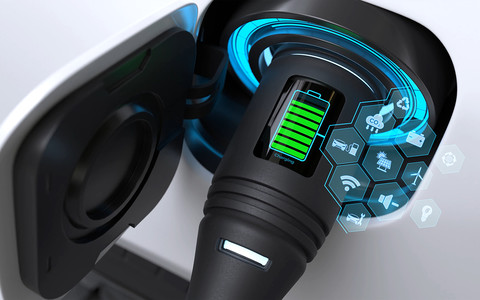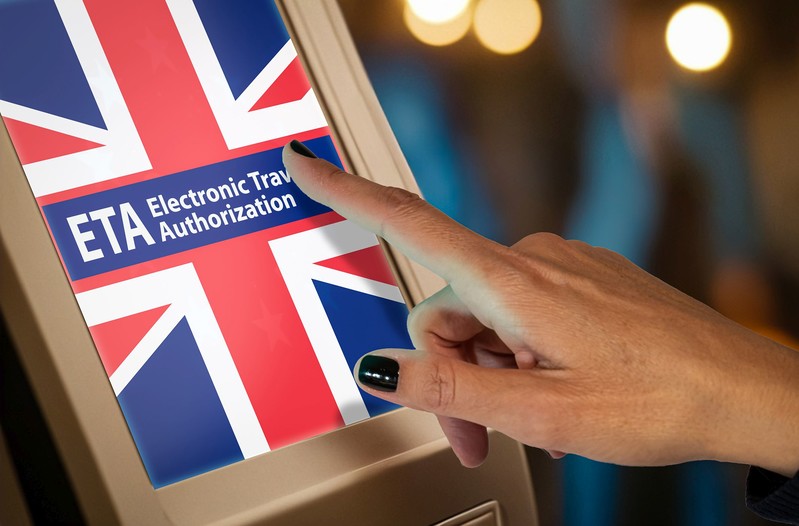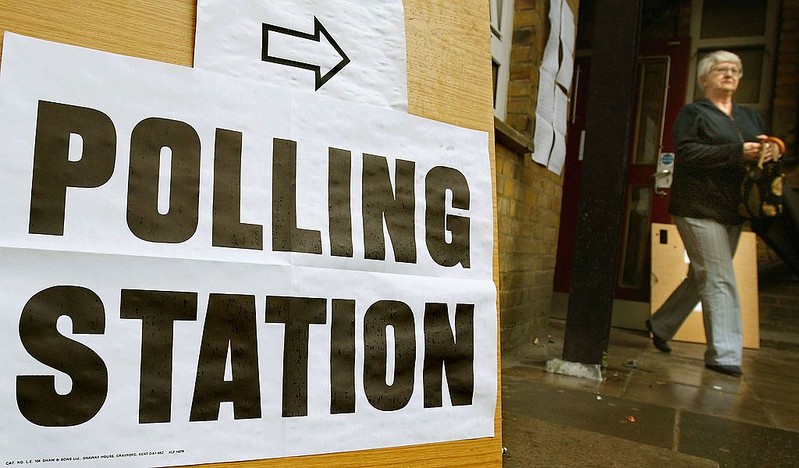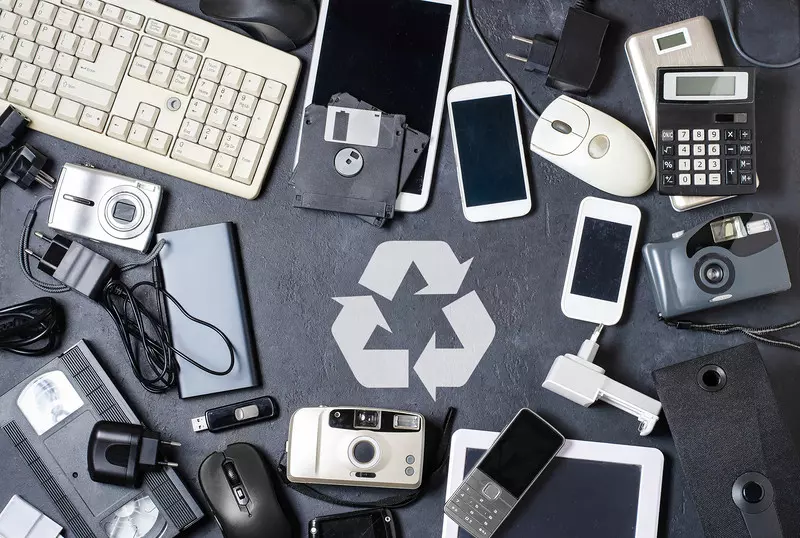Batteries of the Future: New Technologies for One-Minute Charging

Everyone knows that sinking feeling when their phone dies just as they need directions, want to capture an important photo, or need to contact someone during travel emergencies. The constant battery anxiety affects how people plan trips, choose accommodations, and even select activities based on charging availability rather than actual interest.
Battery companies continue to promise revolutionary charging speeds that will eliminate these problems entirely, with some claiming that one-minute charging is on the horizon. Various sources that track technology developments, including platforms like Tuplaus, are showing how batteries can charge in seconds rather than hours. But moving from impressive lab results to real-world products that work reliably in real-world travel situations requires overcoming obstacles that are proving to be much more difficult than initial discoveries suggest.
Understanding what might actually become available requires separating genuine technological progress from marketing hype that oversells preliminary research results.
Why Current Fast Charging Hits Walls
Existing fast charging technology can't get much faster because physics puts hard limits on how quickly lithium-ion batteries can absorb energy without overheating or exploding. Heat builds up exponentially as charging speed increases, creating thermal problems that can permanently damage battery cells or create fire hazards during charging. Most current fast charging only works well during the first part of charging cycles, slowing down dramatically as batteries approach full capacity.
Battery lifespan gets destroyed by repeated fast charging, with cells degrading much faster than normal charging patterns and requiring replacement sooner than expected. The chemical stress from high-speed charging gradually reduces capacity and increases internal resistance, leading to shorter usage times and premature device failure that negates any convenience benefits from faster charging speeds.
Power requirements for ultra-fast charging exceed what most electrical systems can provide, demanding specialized high-voltage equipment and electrical installations that cost way more than standard charging infrastructure. Current electrical grids couldn't handle widespread ultra-fast charging without massive upgrades that would take decades and cost enormous amounts of money to implement properly.
Safety becomes a major concern when charging speeds increase dramatically, as higher power levels create greater risks for electrical accidents, battery fires, and toxic gas emissions from failed cells. Existing safety systems weren't designed for managing ultra-fast charging scenarios that push battery chemistry beyond established limits where unexpected failures become more likely.
Laboratory Breakthroughs That Might Work
Solid-state batteries replace liquid electrolytes with solid materials that theoretically allow much faster charging while eliminating many safety risks associated with conventional battery designs. These batteries could charge in minutes while storing more energy and lasting longer than current lithium-ion technology. Lab demonstrations look impressive, but manufacturing challenges and material costs continue preventing anyone from actually producing them at reasonable prices.

Graphene-enhanced electrodes dramatically improve electrical conductivity, enabling batteries to absorb energy much faster than conventional materials allow. Research teams have built prototype batteries using graphene that charge to significant capacity within seconds, though making these materials work in practical battery designs requires solving complex problems related to consistent manufacturing and long-term reliability that nobody has figured out yet.
Reality Check on Implementation
Making these new batteries on a large scale is very difficult. The batteries made in labs use different methods and need special quality checks that current factories aren’t set up for. When trying to move from small lab tests to mass production, many problems appear that weren’t noticed earlier. This process often takes much longer than expected.
At first, these batteries will probably only be used in expensive products. That’s because new battery technology usually costs much more in the beginning. It can take many years of large-scale production before prices come down enough for everyday use in cheaper consumer products.
Safety testing and getting government approval also take a long time. This is especially true for batteries used in things like phones, cars, and planes, where failures could harm many people. Regulators move slowly and carefully when it comes to new technology that might have unknown risks.
Another problem is that today’s buildings and power systems aren’t built for ultra-fast charging. It would take a lot of money and time to upgrade electrical systems to handle this. Even if the batteries are ready, this could delay their use.
Many scientists are making good progress with ultra-fast charging, and the gap between lab tests and real products is getting smaller. But big challenges in technology, cost, and infrastructure still need to be solved. It’s not clear yet if one-minute charging will be available to travelers soon or remain just a cool lab experiment for years.





























